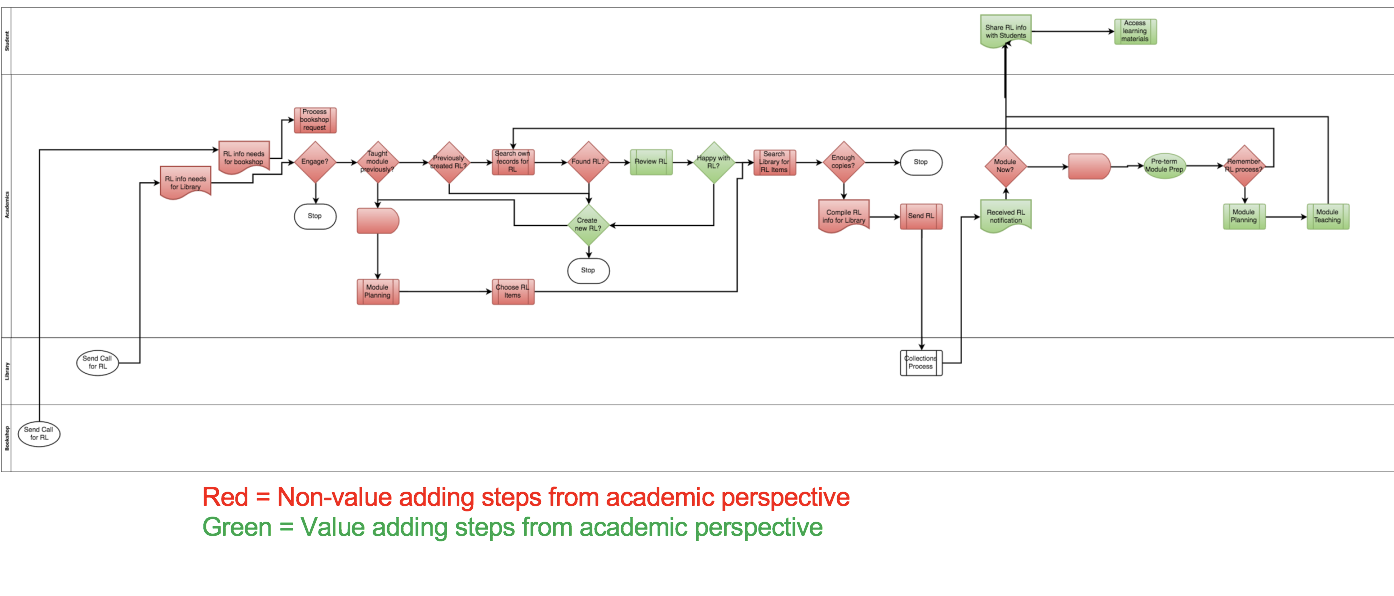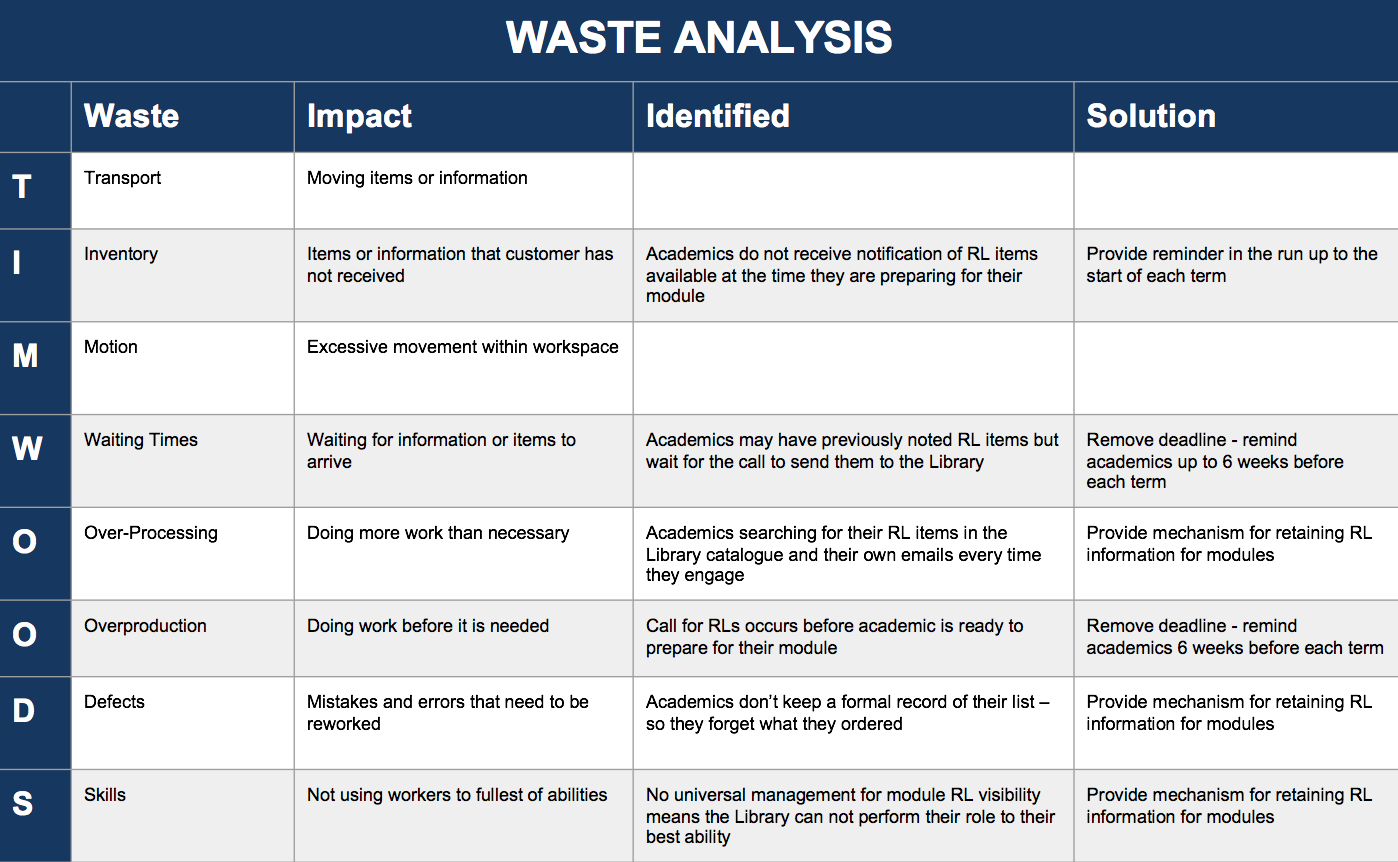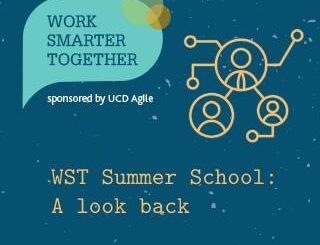Who is Tim Woods …… and how do I eliminate him?
By Olga Murdoch, Agile Lead.
What is the tool used for?
TIMWOODS is waste – it is an acronym that provides us with a framework for finding all the wasteful steps in our processes so we can then remove them.
| Waste | Description |
| Transport | Unnecessarily moving things, forms, furniture, resources and materials from one location to another. |
| Inventory | Making more than customer demand, building up unnecessary stocks e.g. of printed materials, reports. |
| Motion | Unnecessary movement; people walking to get things, which should be located closer to the point of use. |
| Waiting | Delays between operations because parts are missing. Stopped work: waiting for information, approval, other processes, or people. |
| Over-production | Making too much or too many. Completing a task before it is needed. Developing outputs that the customer hasn’t requested. |
| Over-processing | Duplicate or redundant operations, performing wasteful steps that are not required. Often because “we always do it this way”. |
| Defects | Failing to produce a quality output the first time generating rework or scrap. Not delivering the service “right the first time”. |
| Skills | Failing to use skills and capabilities of staff. Not listening to people, using their knowledge or learning from past mistakes/issues. |
Why should someone use it?
People close to a process know it inside out – they are the experts. However, they might not notice wasteful steps because they are so used to them. TIMWOODS provides us with a list of the different types of waste so we can challenge our processes and make them more lean. As with most tools, this works great with a group where you have the benefit of multiple perspectives.
Directions on how to use it?
- Map out your process from start to finish
 For each of the wastes in TIMWOODS, ask your group (or yourself), can you find any examples of this waste in the mapped out process?
For each of the wastes in TIMWOODS, ask your group (or yourself), can you find any examples of this waste in the mapped out process? - Make a note of each waste as you find it
- Go back to your map and colour code each step according to whether it is value adding (VA), Non-value adding (NVA), or Non-value adding but necessary (NVA-N)
- Now, ask your group (or yourself), why is this waste here (use the five why’s to challenge your assumptions!)?
- Now that you know where Tim Woods is hiding …. come up with ways to get rid of him!
 Example of where it has been used:
Example of where it has been used:
UCD Library teamed up with UCD Agile and the Curriculum Team to tackle a long standing problem of not receiving reading lists from module coordinators. This problem meant the the Library were not capable of fully supporting UCD students who wanted to borrow their reading list materials from the Library.
TIMWOODS was used to highlight which parts of the process were value adding and not, from the perspective of module coordinators. As a result, the project team were able to come up with improvements to the process including a mechanism for retaining reading list information for modules.The project delivering this (and other) improvements to the Reading List process resulted in a 50% increase in the number of modules supported by the Library. For further information on the library project visit: https://www.ucd.ie/library/news_publicity/strategy/projects/readinglists/
Why not try out this tool yourself, and let me (olga.murdoch@ucd.ie) know how you get on.
Contact agile@ucd.ie for support on using tools such as this and others.



